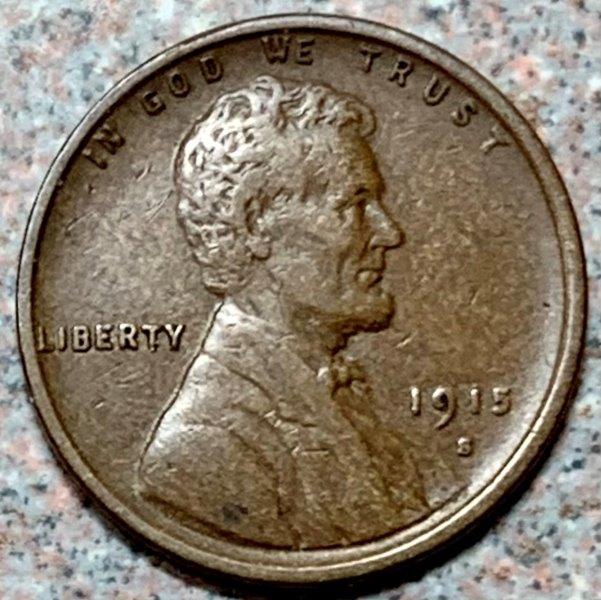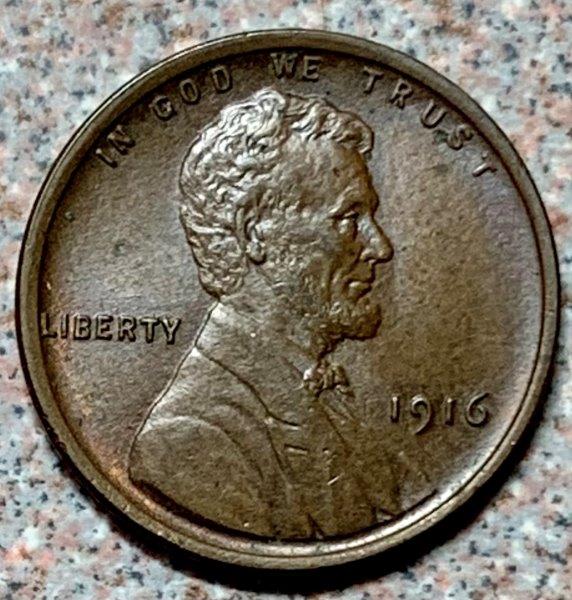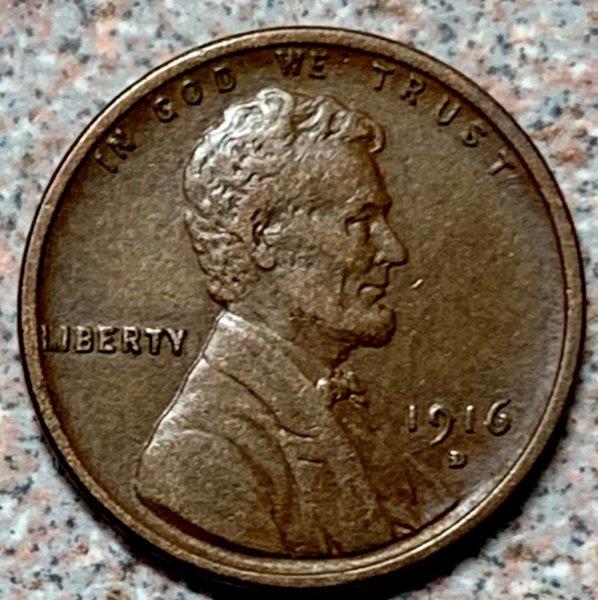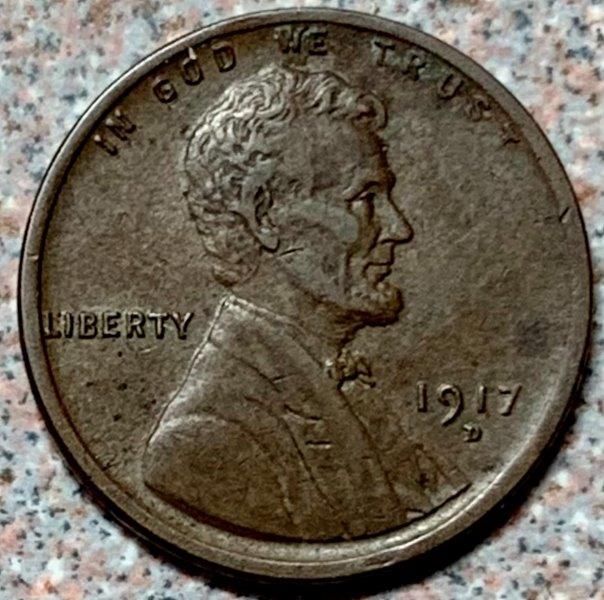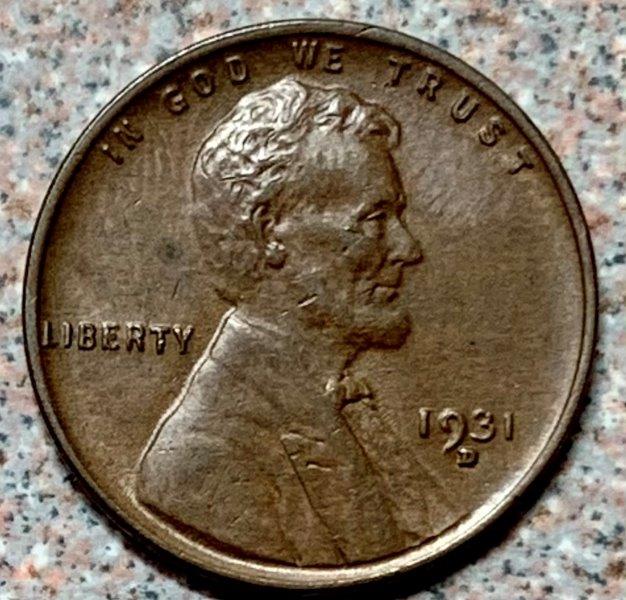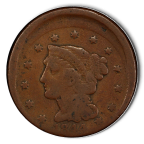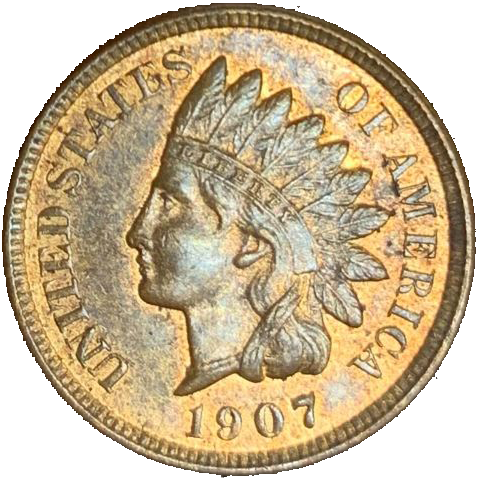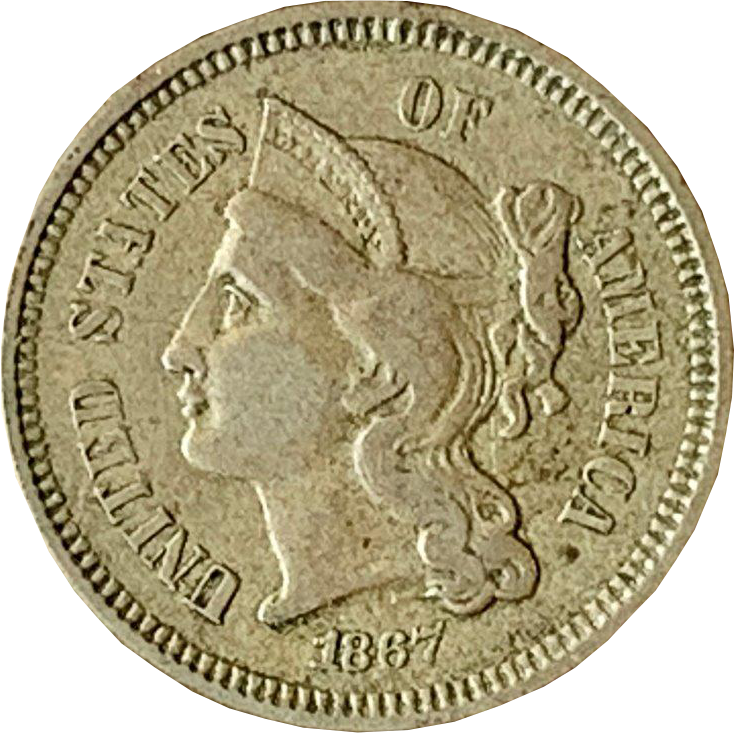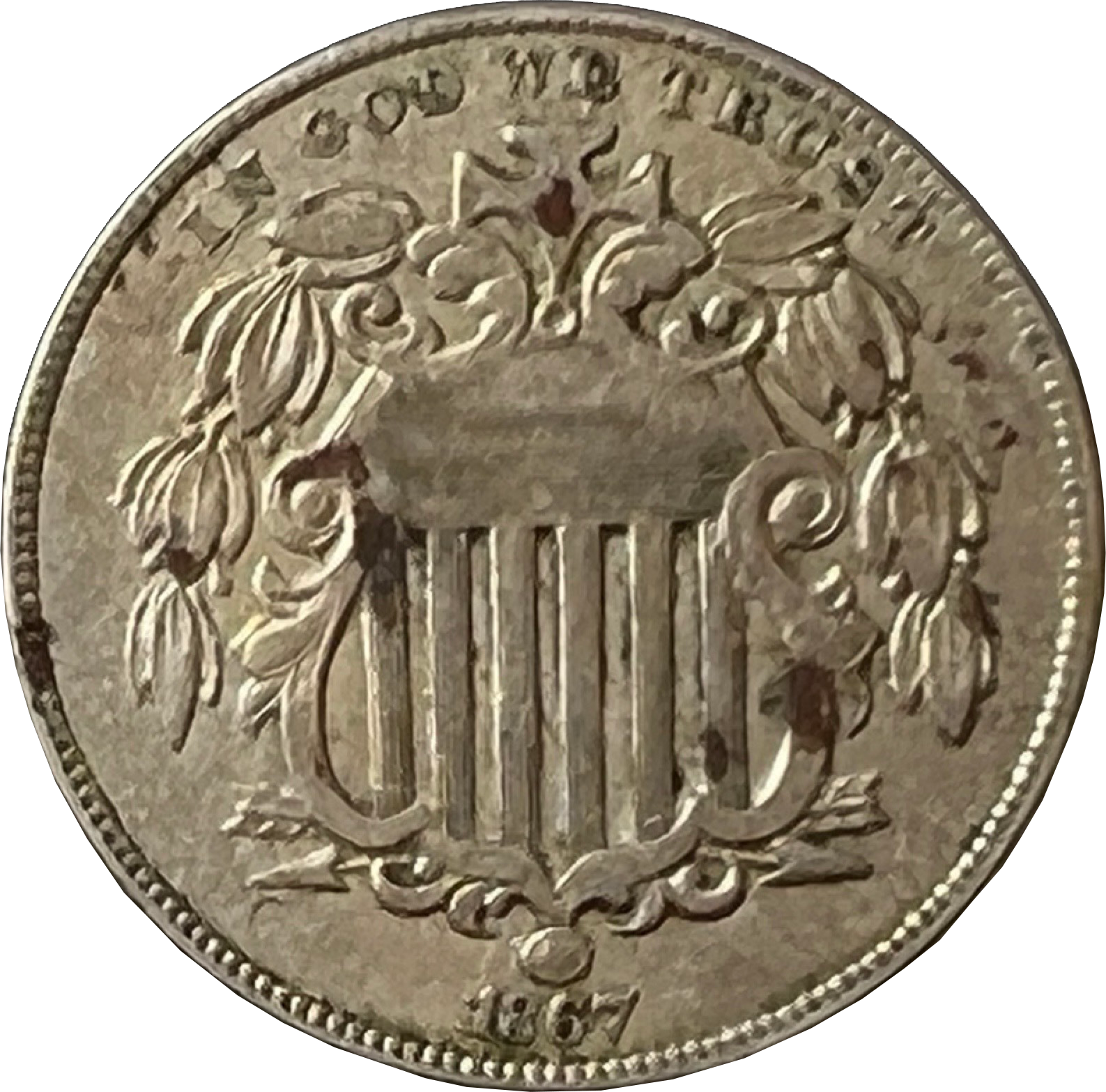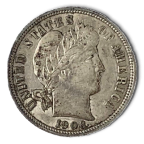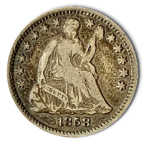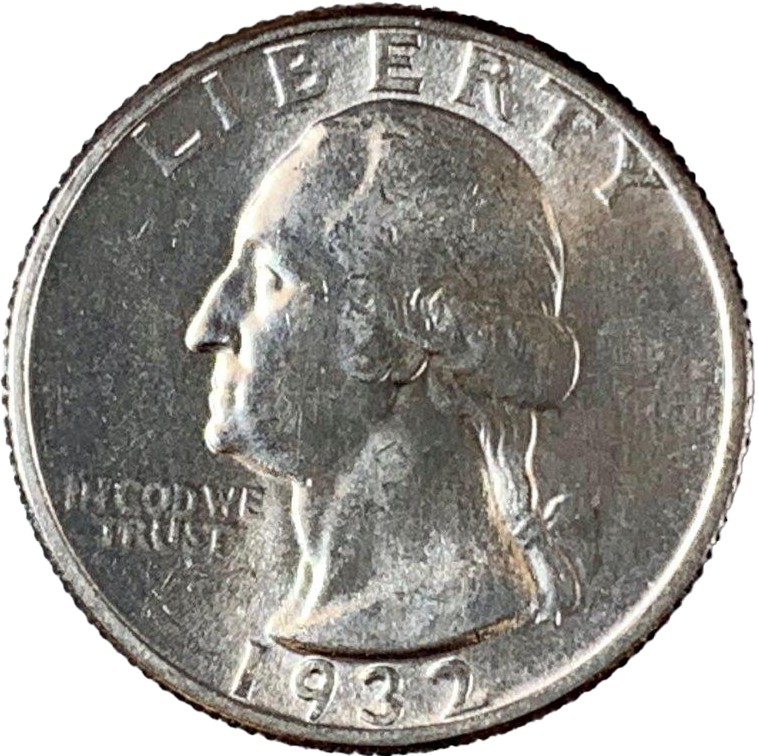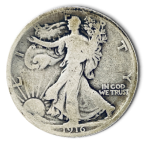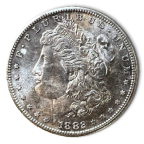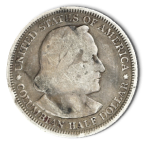Lincoln Cent (Wheat Reverse)
The Lincoln Cent (Wheat Reverse) refers to a specific design variation of the Lincoln Cent series that was minted from 1909 to 1958. It is called the “Wheat Reverse” due to the image of wheat stalks featured on the reverse side of the coin.
Shop Coins
Showing 1 - 5 of 5 results
Filter
Sort by:
We buy Gold, Silver, Platinum, Bullion and More!
Related Categories
Blanditiis esse dolores deleniti eveniet aspernatur ab dolores possimus. Aliquam sed ut assumenda nam.
